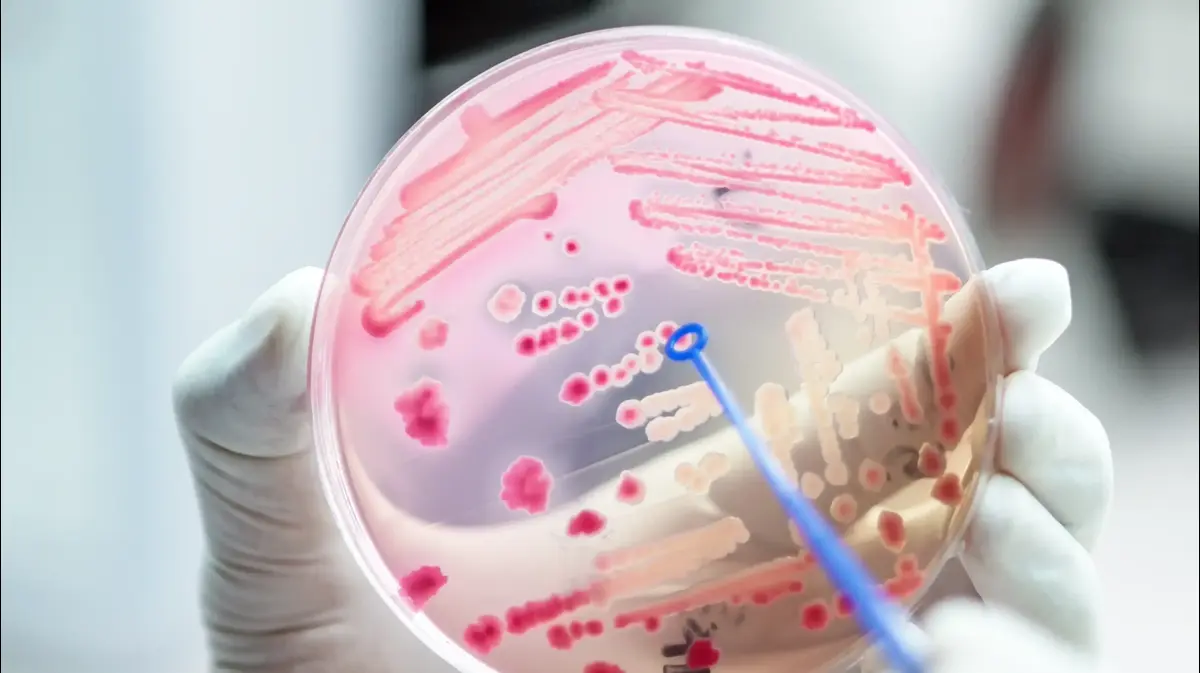Danger in hospitals (Photo: ShutterStock)
A hospital's intensive care unit is often where the most vulnerable patients come for treatment. Although we tend to think it's a safe location, away from disease and infection, a new study reveals that antibiotic-resistant bacteria can still make their way into this sensitive department. Researchers say an intensive care unit in Hangzhou, China was contaminated entirely with a virulent strain that infected one in three patients.
Carbapenem-resistant Acinetobacter baumannii (CRAB) made its way into this intensive care unit through multiple patient admissions and continued to spread through airflow, staff, shared equipment and pipelines, explains a team from the UK. The study was published in the prestigious journal The Lancet.
Causes of serious diseases
"CRAB poses a serious risk to hospitalized patients and can cause serious illnesses including pneumonia, urinary tract infection, bacteremia, meningitis and soft tissue infections – all of which can be very difficult to treat due to the multidrug resistance of the bacterium," explains researcher Professor Alan McNally of the University of Birmingham.
Drug-resistant bacteria (Photo: ShutterStock)
The researchers sampled the entire ICU and found 35 CRAB-positive patients, of whom 14 contracted it during their stay in intensive care. Not only did the patients test positive, but their beds and hospital equipment were also contaminated. The researchers found the bacteria covering bed units (54.6%) more frequently than they found infecting patients (24.1%). Overall, ventilators and distribution carts were the most likely items for testing positive for CRAB.
"The amount of CRAB found in this ICU highlights the urgent need for targeted infection prevention and control measures in health facilities where such large accumulations of bacteria are expected so that we can stop the global spread of this pathogen," adds Professor McNally.
Fatal threat
Antibiotic resistance is a threat to public health and it is estimated that by 2050 antibiotic-resistant bacteria will be more deadly than cancer. While patients need to be confident that antibiotic treatments will work against the bacteria they were created to fight, more and more strains are defeating the drugs designed to destroy them. In addition, CRAB can remain on surfaces and equipment for extended periods of time and spread to patients within 48 hours. Such outbreaks require extensive changes at the infrastructure level that could be detrimental to clinical care, logistical functions and financial planning, according to the study's authors.
- health
- news
Tags
- Bacteria
- Antibiotics

